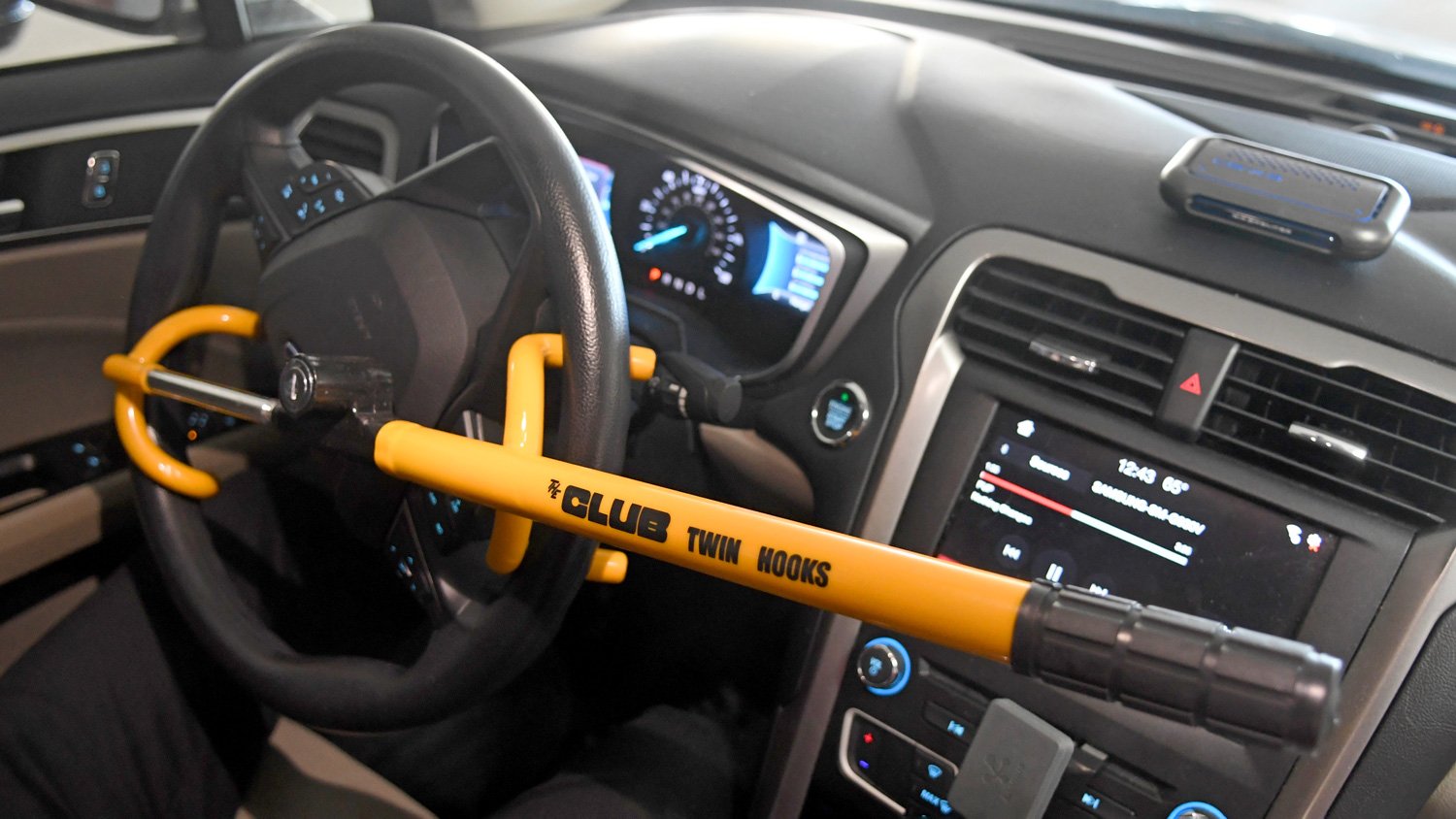In an era marked by unpredictability and unforeseen challenges, the need for crisis-ready workspaces has never been more apparent. Emergency preparedness extends beyond traditional protocols to the very infrastructure of the workplace, including office furniture. This article delves into the importance of adapting office furniture for emergency preparedness, exploring innovative solutions that prioritize safety, functionality, and the well-being of employees.
The Evolution of Emergency Preparedness
Historically, emergency preparedness in the workplace focused on evacuation plans, first aid training, and emergency drills. However, the evolving nature of crises, from natural disasters to health emergencies, necessitates a more holistic approach. Adapting office furniture to serve as a strategic component in emergency preparedness is becoming a crucial consideration for organizations.
1. Modular and Movable Furniture:
The ability to swiftly adapt the office layout during an emergency is paramount. Modular and movable furniture designs allow for quick reconfiguration of spaces, creating clear pathways for evacuation or providing designated areas for emergency response teams. Mobile desks, foldable tables, and stackable chairs enable a dynamic and efficient response to rapidly changing situations.
2. Multi-Functional Emergency Stations:
Designing multi-functional furniture that doubles as emergency stations ensures that employees have access to essential resources during a crisis. Furniture with built-in storage for emergency supplies, such as first aid kits, emergency rations, and communication devices, enhances the workspace’s capacity to serve as a temporary crisis center.
Ensuring Safety through Ergonomics
Emergency preparedness in the context of office furniture also involves prioritizing the safety and well-being of employees during and after crises.
1. Safety-Enhanced Seating:
In the event of an emergency requiring prolonged sheltering, ergonomic seating designed for comfort becomes crucial. Office Chairs with reinforced structures, padded surfaces, and a focus on lumbar support ensure that employees can wait out a crisis in a safe and comfortable manner, minimizing stress on the body.
2. Durable and Resilient Materials:
Choosing materials with durability and resilience is a key consideration in emergency-ready office furniture. Furniture made from materials that withstand wear and tear, as well as environmental factors, ensures that the workspace maintains functionality and safety even in the aftermath of a crisis.
Technology Integration for Communication
Effective communication is a cornerstone of emergency preparedness, and office furniture can play a pivotal role in facilitating communication during crises.
1. Integrated Charging Stations:
Office furniture designed with integrated charging stations ensures that communication devices remain powered during emergencies. This feature becomes especially crucial in situations where power sources may be compromised; allowing employees to stay connected and receive critical information.
2. Communication Hubs:
Creating designated communication hubs within the office layout, equipped with technology-friendly furniture, enhance the efficiency of information dissemination. Tables with built-in screens, video conferencing capabilities, and charging ports become central points for coordinating emergency responses and keeping employees informed.
Employee Training and Awareness
Beyond physical adaptations, ensuring that employees are trained and aware of emergency protocols is a fundamental aspect of crisis-ready workspaces.
1. Training Furniture:
Incorporating training furniture that simulates emergency scenarios allows employees to familiarize themselves with evacuation routes, emergency procedures, and the use of emergency supplies. Mock drills using adaptable furniture contribute to a proactive and prepared workforce.
2. Visual Signage and Information Centers:
Integrating visual signage and information centers into office furniture aids in guiding employees during emergencies. Clear instructions, evacuation routes, and emergency contact information displayed on furniture surfaces contribute to a workspace that is not only equipped but also accessible in times of crisis.
Future-Proofing the Workspace
As the nature of emergencies continues to evolve, the concept of future-proofing the workspace gains prominence. Adapting office furniture for emergency preparedness is not just a contingency plan; it’s an investment in the safety, well-being, and resilience of the workforce.
In conclusion, crisis-ready workspaces go beyond traditional emergency protocols, encompassing the very infrastructure of the office. Adapting office furniture for emergency preparedness is a forward-thinking approach that prioritizes the safety and functionality of the workplace. By integrating modular designs, safety-enhanced features, technology integration, and employee training, organizations can create workspaces that are not only aesthetically pleasing but also equipped to navigate unforeseen challenges with resilience and efficiency.




